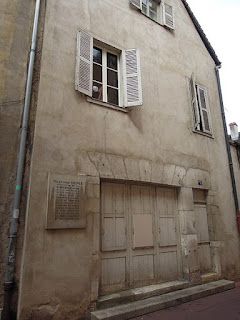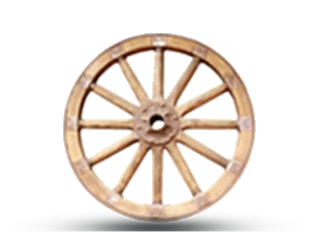History Of Ben Carson
Alternative title (separation of twins)
Ben Carson, in full Benjamin Solomon Carson, Sr., (born September 18, 1951, Detroit, Michigan, U.S.), American politician and neurosurgeon who performed the first successful separation of conjoined twins who were attached at the back of the head (occipital craniopagus twins). The operation, which took place in 1987, lasted some 22 hours and involved a 70-member surgical team. Carson also refined a technique known as hemispherectomy, in which one-half of the brain is removed to prevent seizures in persons with severe epilepsy. He later became active in politics and served as U.S. secretary of housing and urban development (HUD; 2017–21) in the administration of U.S. Pres. Donald Trump.
Carson spent his early childhood in Detroit. His parents divorced when he was eight years old, and thereafter he lived with his mother and brother, spending a brief period in Boston and later returning to Detroit. Although Carson showed potential as a student, he performed poorly in school until his mother challenged him and his brother with reading and writing assignments in addition to their regular schoolwork. Carson developed a newfound interest in learning and eventually earned a scholarship to Yale University, receiving a bachelor’s degree in psychology in 1973. While at Yale, he met Lacena (“Candy”) Rustin; the couple married in 1975 and had three children.
He next attended the University of Michigan, earning a medical degree in 1977, and later Johns Hopkins University Medical School in Baltimore, Maryland, where he completed a residency in neurosurgery. In 1984, after a brief stint as a senior registrar in neurosurgery at the Sir Charles Gairdner Hospital, part of the Queen Elizabeth II Medical Center in Nedlands, Western Australia, Carson became director of pediatric neurosurgery at Johns Hopkins. He was one of the youngest doctors in the United States to earn such a title. He later also held professorships in plastic surgery, oncology, and pediatrics at Johns Hopkins.
In his successful separation of occipital craniopagus twins in 1987, Carson used a radical approach in which the twins’ body temperatures were lowered to the point of circulatory arrest. The success of the procedure and the reconstructive techniques employed gained Carson world renown as a pediatric neurosurgeon. In 1997, in a 28-hour-long operation, he led a team of South African and Zambian surgeons in a separation of twins conjoined at the top of the head (type 2 vertical craniopagus twins).
Carson was also known for having performed the first successful rescue of a hydrocephalic twin using an intrauterine shunt. The shunt served to drain fluid under high pressure away from the developing brain of the fetus and into the amniotic cavity of the mother. Carson’s techniques for hemispherectomy and craniofacial reconstructive surgery were influential in the fields of neurosurgery and plastic surgery.




Comments
Post a Comment